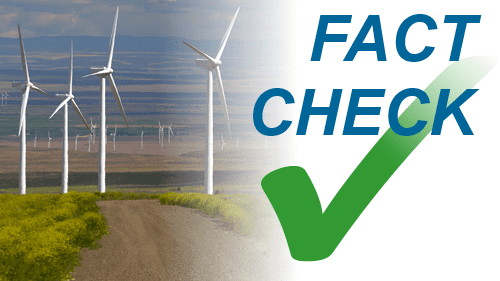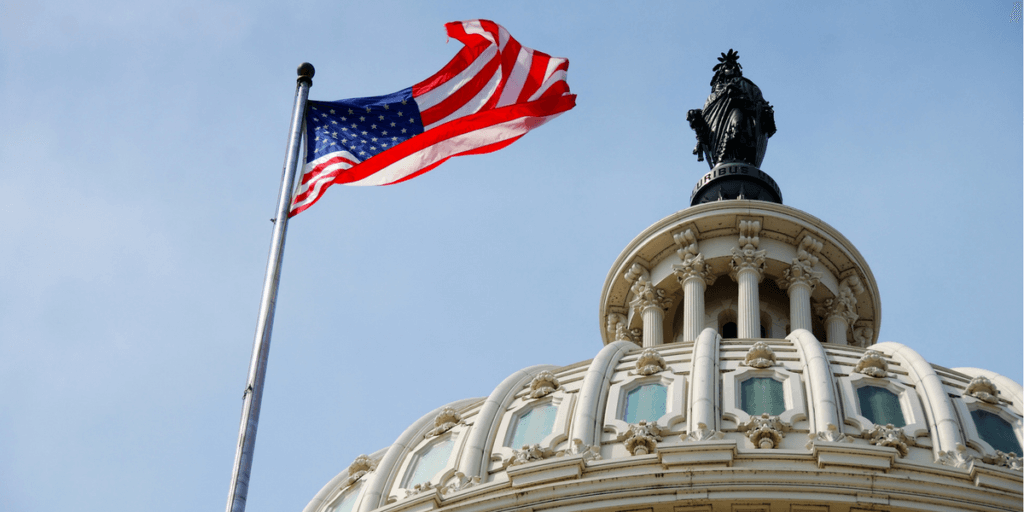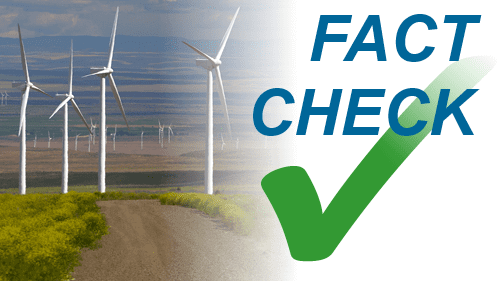Policies on Community Wind
Local stakeholders want to play an ever bigger role in the use and development of wind energy. Individual landowners have a personal stake in the success of wind development and are looking for ways to maximize the value of wind for their communities. Local communities, including agricultural and rural economic development interests, want the opportunity to invest in wind in their backyards. A fundamental attribute of a community wind project is that the community has a tangible interest in the project.
Definition of a “Community Wind Project”
For the purpose of developing policies to expand development of these projects community wind projects include the following:
1. Any wind project of 20 megawatts (MW) or smaller is a community wind project if it meets condition (a) and one or more of the following conditions from (b):
a) Projects larger than 20 MW cannot be separated into smaller projects to meet this 20
MW project size limit. Specifically, more than one qualifying community wind project cannot be built within 5 miles of another qualifying project within a 12 month period and using the same interconnect.
- A local governing body (e.g., town, county) passes a resolution supporting the project;
- Members of the community are offered the opportunity to participate in an ownership interest in the project and are involved in the decision making process in its development; or
- The project’s local benefit is demonstrated in terms of retail power costs, benefits to the local grid, is incorporated into a micro-grid or helps to resolve remote power issues.
2. Any project up to 100MW is a community wind project if local owners own at least 33.3% of the project.
a) Local owner includes any:
- Individual who resides in the same state as the project, or within 250 miles of the project (and within the US).
- State department or agency, tribal council, school, town and other political subdivision located in the same state as the project;
- Municipal, cooperative and similar publicly-owned utility that serves no more than 4 million MWh of load and that is located in the same state as the project;
- Corporation or other similar business entity or of which at least 51% is owned by one or more individuals who reside in the same state as the project or within 250 miles of the project (and within the U.S.);
- Not-for-profit corporations and similar non-profit entities.
b) 33.3% ownership is measured at the “commercial operation date,” a recognized term in the wind industry typically meaning the date at which the project is capable of and actually produces electricity. Local owners must own the project for some period of time thereafter.
Policy Support for Community Wind
The difficulties for community wind (CW) projects lie in: 1) higher installed costs due to generally smaller project sizes, 2) arranging capital for the size and type of partners associated with CW, and 3) compensating CW projects for the value of the commodity, greenness and positive local benefits. In short, CW’s project economics need to be on par with larger generators for CW to reach its true potential.
Efforts to expand the total amount of renewable generation in the US will help community wind, including:
1. Extension of the Production Tax Credit program for all wind projects over 20MW
2. Expansion of the proposed Renewable Energy Standard target to no less than 25%
Even with these two policies, however, several market barriers will continue to slow CW development, including: 1) higher capital costs, 2) insufficient early stage and permanent financing, and 3) lack of any particular motivation by many power purchasers to purchase energy from CW projects.
The American Wind Energy Association recommends the following to help to create more locally owned wind generation:
-
Allow wind projects 20MW and under to qualify for the 30% Investment Tax
- Credit under Section 48 of the Internal Revenue Code
- Many wind farms below 20MW qualify as Community Wind projects. The proposed extension of the investment credit would allow Community Wind projects to utilize the same federal business tax incentive that solar, geothermal, and small wind property now receives. The proposal would also allow farmers, ranchers, and community businesses to install wind equipment and use the generated electricity in their operations.
-
Expansion of USDA and DOE programs including an expansion of eligible applicants
- Expand USDA and DOE funding programs to increase the amount of technical support and capital available, include higher percentage of total costs and a greater focus on early stage development funds including feasibility studies, wind resource assessments and wildlife and other environmental studies. Expand eligibility to include private business, municipalities, and not for profits (such as schools, towns, counties, etc) in rural areas.
-
Funding of a Community Wind Road Map
- CW is still very much a niche market in the United States. By some estimates CW accounts for between 2 and 4% of the total installed wind capacity in the US. Many believe that CW could represent 20% of total wind capacity in the US under a strong national RES. A roadmap to pave the way for this success of CW could be a critical document in defining the characteristics of market growth that may be necessary for this success. A similar roadmap was created in the DOE’s 20% Wind Energy by 2030 study, which has been highly effective.
| Download the Pdf | Return to Main Menu |



